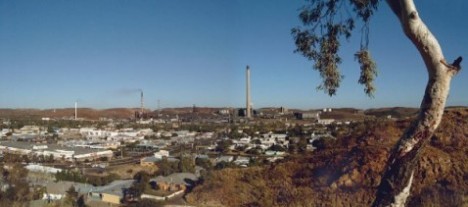Spiegel Online (German) apparently followed up on the “ugly duckling” Mont Isa, Queensland, story I recently wrote about and comes up with some interesting figures regarding the Australian gender balance. When I was told by an Australian friend late last year that “there are hardly any good men in Sydney these days” I did not think she was talking statistics. But it turns out she was. Apparently, the borough of Annandale is the best place for men to meet women in Sydney, as there are 1.48 of them for each male inhabitant. Unfortunately, they did not add age brackets to the raw numbers, which would have added some more interesting information. The problem is only slightly less pronounced in most other parts of Sydney and other coastal areas in Australia.
In general, the article explains, there are more women living in the coastal cities, and more men in the Outback – like in Mount Isa, or in Glenden, where there are apparently 23 men for every woman. It’s a geographic imbalance exacerbated by the economic boom in raw materials (which is driving men to mostly male mining cities in the Outback) that is adding to Australia’s apparent overall lack of about 100,000 men, most of whom are apparently working abroad nowadays.
Given such an imbalance – 100.000 is significant for a population of only 21m – one has to wonder what keeps driving Australian men abroad and Australian women from rural areas to the Australian coast.


